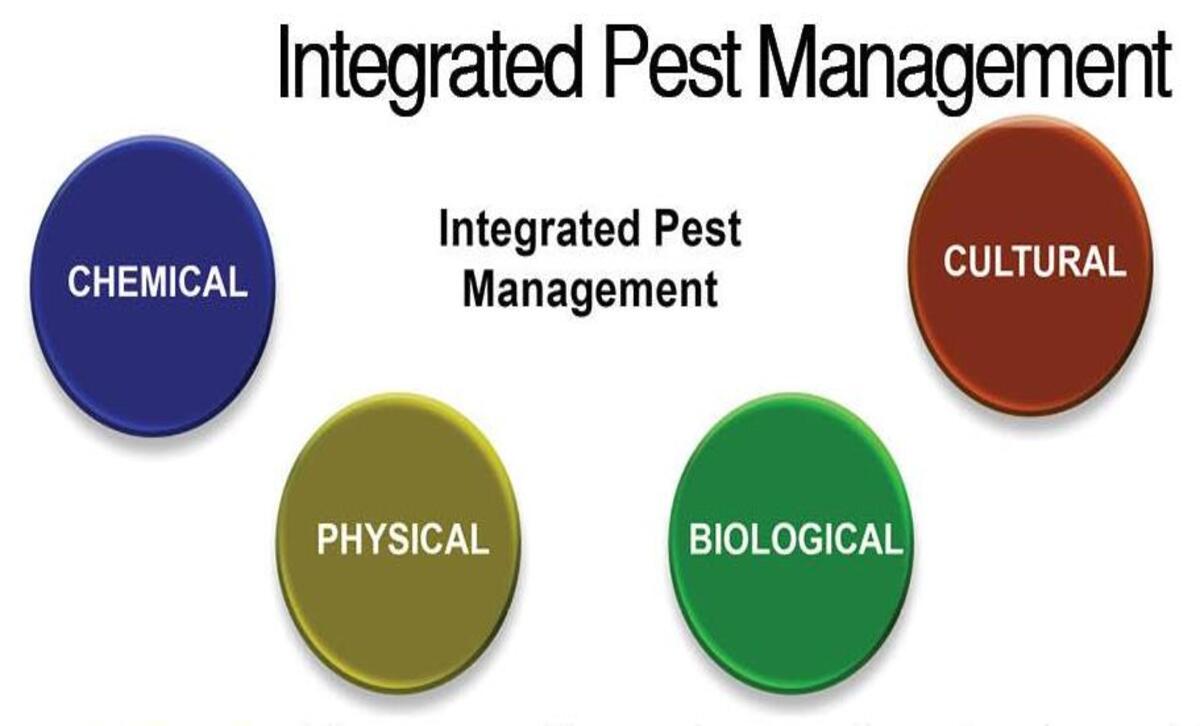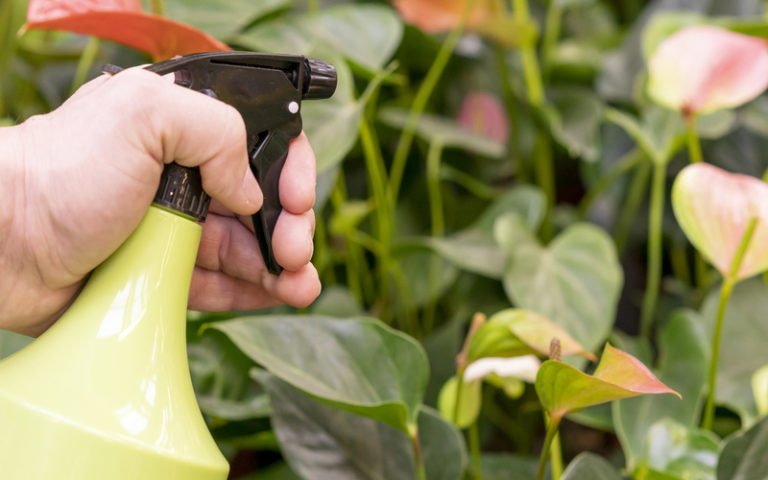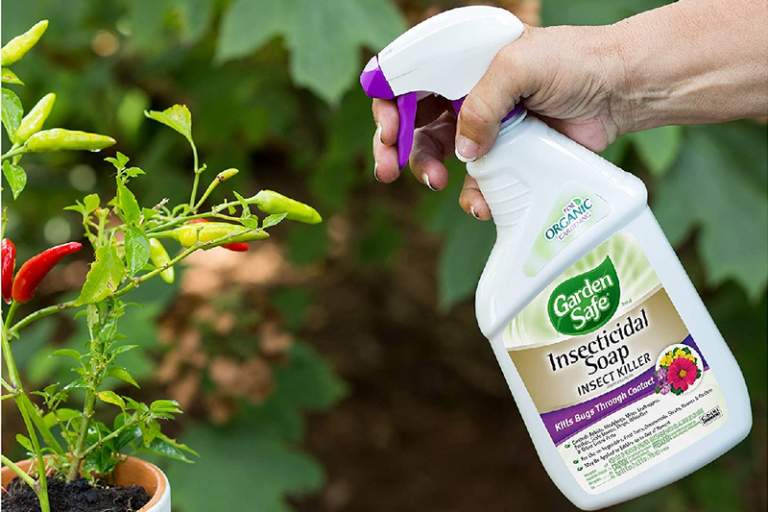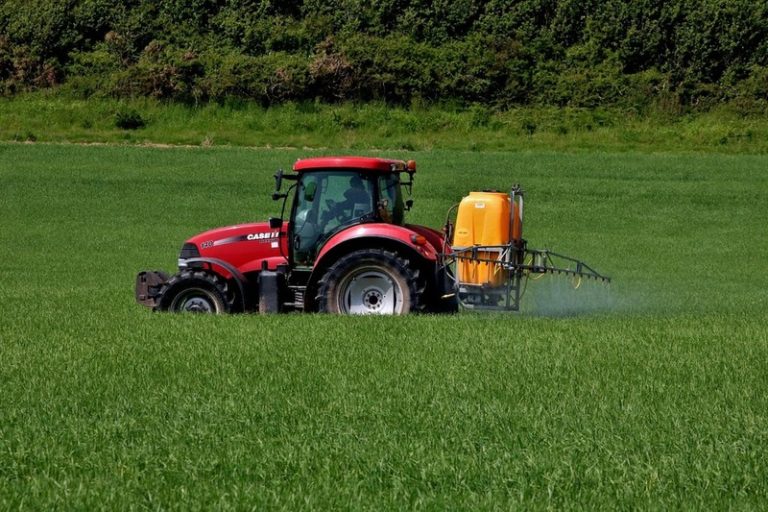Integrated Pest Management (IPM): Nurturing Sustainability in Pest Control
Pests like bugs and rodents can be a real headache. They can mess with our homes, farms, and gardens. That’s where Integrated Pest Management (IPM) comes in handy. It’s like a superhero approach to dealing with pests without harming the environment.
What is Integrated Pest Management (IPM)?
Integrated Pest Management is a smart way of handling pests. Instead of just using strong chemicals, IPM looks at the bigger picture. It’s like having a pest control plan that’s good for the environment and us.

Key Components of IPM:
Pest Identification:
Knowing your enemy is the first step. We study the troublesome pests, including their characteristics and hiding places.
Monitoring and Assessment:
Keep an eye on those pests! Regular checks help us know how many pests are around and how much trouble they might cause.
Prevention Strategies:
Stop pests before they become a problem. We can change our habits and use tricks to make our homes and gardens less attractive to pests.
Biological Control:
Bring in the good guys! Sometimes, ladybugs and other many bugs or animals can help us fight pests naturally.
Mechanical and Physical Controls:
Get creative! We use traps, barriers, and even changes in our environment to keep pests away.
Chemical Control as a Last Resort:
Chemicals are like the last line of defense. We use them carefully and only if the other methods aren’t enough.
Benefits of Implementing IPM:
The adoption of Integrated Pest Management (IPM) presents a multitude of advantages, rendering it an efficient and environmentally conscious strategy for pest management. Here are the primary benefits:
Environmental Sustainability:
Description: Focus on natural ways to get rid of pests and less use of chemical poisons.
Benefits: Maintains a healthier ecosystem, reduces damage to non-target species, and conserves biodiversity.
Economic Advantages:
Description: Long-term saves on costs because of less need for expensive chemical treatments and better protection.
Benefits: Lower expenses for pest management, increased efficiency in agriculture, and protection of crops from damage.
Health and Safety:
Description: Human, animal, and beneficial organism exposure to hazardous substances is minimized.
Benefits: Promotes a better place to live and work, lowers the health risks of chemical exposure, and looks out for the health of communities.
Targeted Pest Control:
Description: Precise methods of identifying and controlling specific pests.
Benefits: It limits the use of broad-spectrum pesticides, which keeps helpful insects from getting hurt and stops bugs from becoming immune to pesticides.
Reduced Environmental Impact:
Description: Focus on using the safest methods, reducing chemical waste, and safeguarding the quality of water and land.
Benefits: Mitigates negative effects on ecosystems, reduces pollution, and promotes overall environmental health.
Long-Term Effectiveness:
Description: Instead of short-term fixes, you should focus on long-term, preventative steps.
Benefits: Makes a pest control plan that is more durable and long-lasting, which lowers the chance of having pest problems again.
Community and Stakeholder Support:
Description: Engaging communities and stakeholders in pest management decisions.
Benefits: Builds trust, gets people involved in their neighborhood, and gets people to work together to keep places pets free.
Compliance with Regulations:
Description: Adhering to local and international regulations regarding pesticide use.
Benefits: Stays out of trouble with the law, guards public health, and makes sure that pest control is done in a reasonable and ethical way.
Preservation of Beneficial Organisms:
Description: Supporting natural predators and beneficial organisms that contribute to pest control.
Benefits: Keeps the ecosystem in order, increases biodiversity, and lowers the need for chemical treatments.
Enhanced Crop Quality:
Description: Keep crops safe from pests without lowering their quality.
Benefits: Improves the market value of farming goods, giving farmers a better return on their investments.
IPM is a complete and long-lasting way to get rid of pests that promotes environmental responsibility and long-term economic success while dealing with the problems that bugs cause.
Conclusion:
With Integrated Pest Management, our homes and grounds are protected by a team of superheroes. It’s healthy, good for the earth, and cheap. Let’s use IPM to keep our places safe and free of pests like superheroes!
FAQ:
Q: What is Integrated Pest Management (IPM)?
A: IPM is a holistic approach to pest control that combines various methods, emphasizing sustainability and reduced environmental impact.
Q: How does IPM differ from traditional methods?
A: Traditional ways often use a lot of pesticides, but IPM uses biological controls, preventative steps, and very little chemical use.
Q: What are the key components of IPM?
A: Find the pests, keep an eye on them, keep them from coming back, use biological, mechanical, and physical controls, and only use chemicals carefully as a last option.
Q: How does IPM benefit the environment?
A: IPM lowers the use of chemicals, protects biodiversity, causes less harm to species that aren’t the goal, and stops pollution of water and land.
Q: Is IPM cost-effective?
A: IPM does save money in the long run because it focuses on avoidance instead of expensive medical treatments.
Q: How does IPM ensure safety for humans and pets?
A: IPM cuts down on the use of dangerous chemicals, making the place where people live and work safer.
Q: Can IPM be applied in agriculture and urban settings?
A: Yes, IPM is versatile and adaptable to various settings, including agriculture, urban areas, and homes.
Q: Does IPM require special training?
A: Basic IPM concepts can be understood and used by anyone, but experts may have had extra training.
Q: Are there success stories of IPM implementation?
A: Yes, many success stories show that IPM is a good way to get rid of pests while also having little effect on the environment.
Q: How can I start implementing IPM at home?
A: Find the pests, keep yourself clean, take precautions, look into non-chemical ways, and get help if you need it.
Also Read:







